Latest News Archive
Please select Category, Year, and then Month to display items
23 November 2018
|
Story Lacea Loader
|
Photo Rian Horn
 MT Steyn statue on the Bloemfontein Campus.
MT Steyn statue on the Bloemfontein Campus.
WATCH:
LISTEN:
MEDIA RELEASE: UFS COUNCIL APPROVES RELOCATION OF MT STEYN STATUE TO A SITE OFF CAMPUS
The Council of the University of the Free State (UFS) approved the relocation of the statue of President MT Steyn to a site off campus during its quarterly meeting on 23 November 2018. Council furthermore requested that the relocation must be done in complete cooperation with the family of President MT Steyn.
The decision of the Council follows a recommendation made by the Special Task Team in a report to the Rector and Vice-Chancellor, Prof Francis Petersen, that the statue should be relocated to a site off campus.
READ THE FULL STATEMENT
Released by:
Lacea Loader (Director: Communication and Marketing)
Telephone: +27 51 401 2584 | +27 83 645 2454
Email: news@ufs.ac.za | loaderl@ufs.ac.za
Fax: +27 51 444 6393
Related articles:
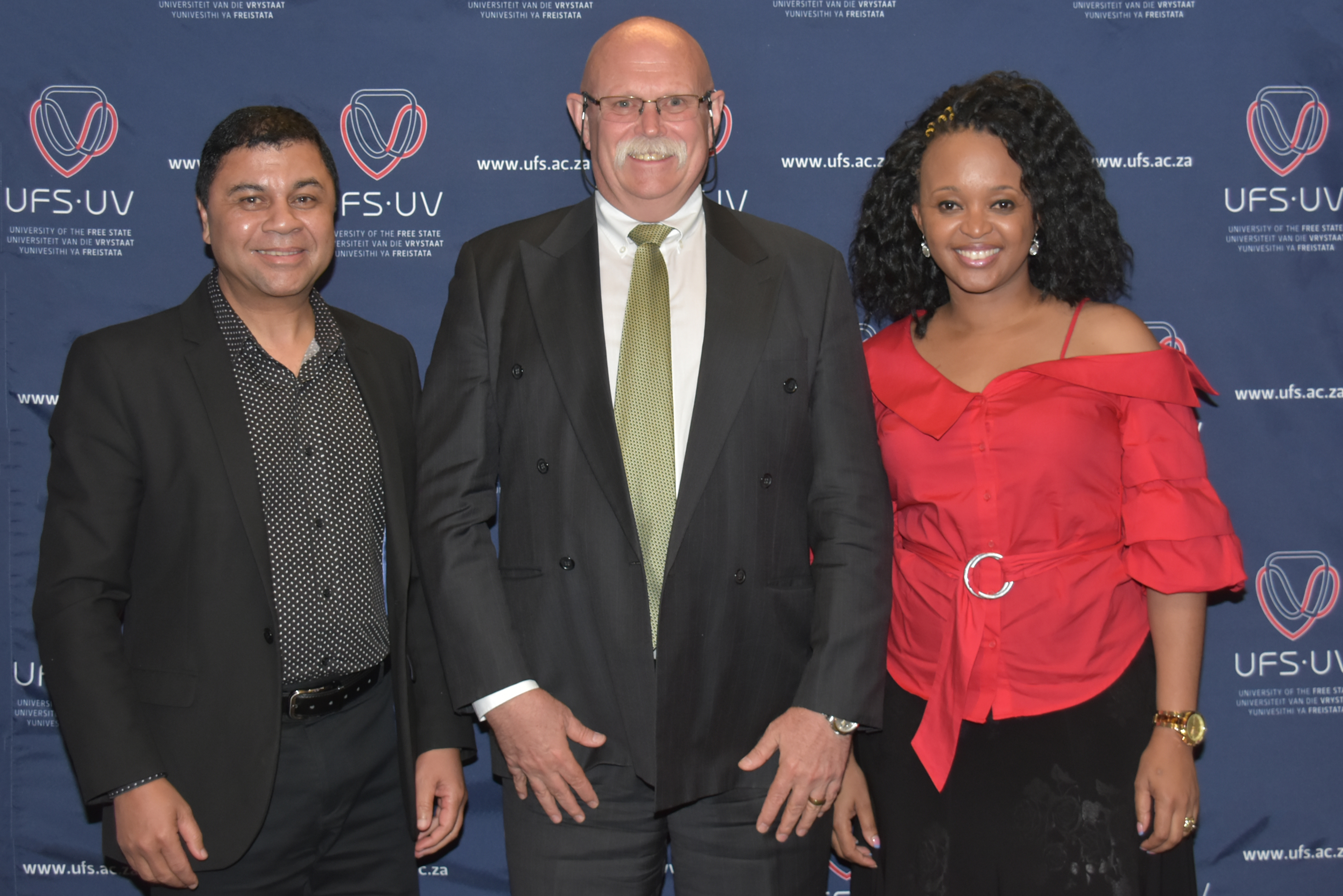 From the left: Prof Francis Petersen, UFS Rector and Vice-Chancellor; Mr Willem Louw, Chairperson of the UFS Council; and Dr Nthabeleng Rammile, Vice-Chairperson of the UFS Council.
From the left: Prof Francis Petersen, UFS Rector and Vice-Chancellor; Mr Willem Louw, Chairperson of the UFS Council; and Dr Nthabeleng Rammile, Vice-Chairperson of the UFS Council.
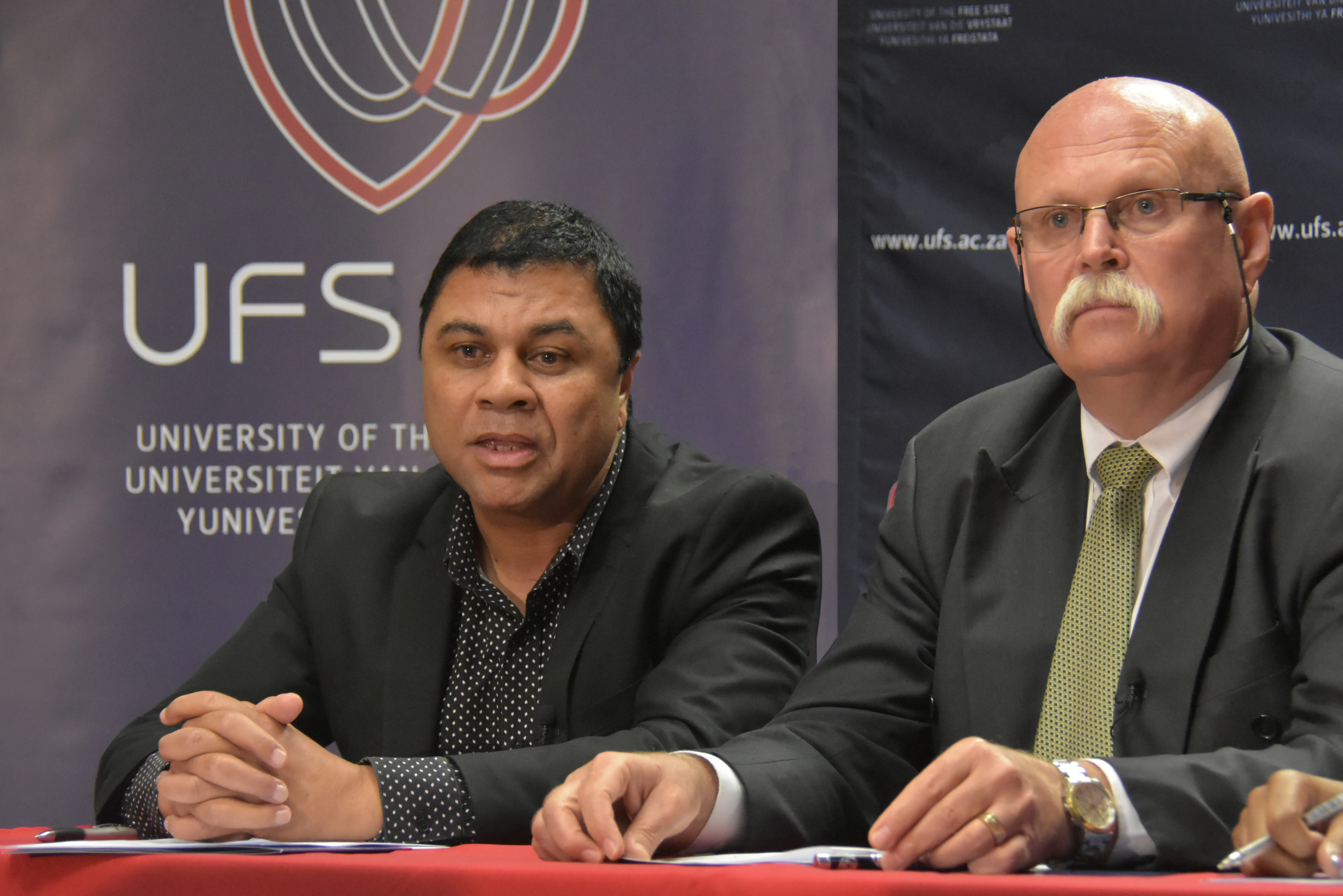 Prof Francis Petersen (left), UFS Rector and Vice-Chancellor; and Mr Willem Louw, Chairperson of the UFS Council.
Prof Francis Petersen (left), UFS Rector and Vice-Chancellor; and Mr Willem Louw, Chairperson of the UFS Council.
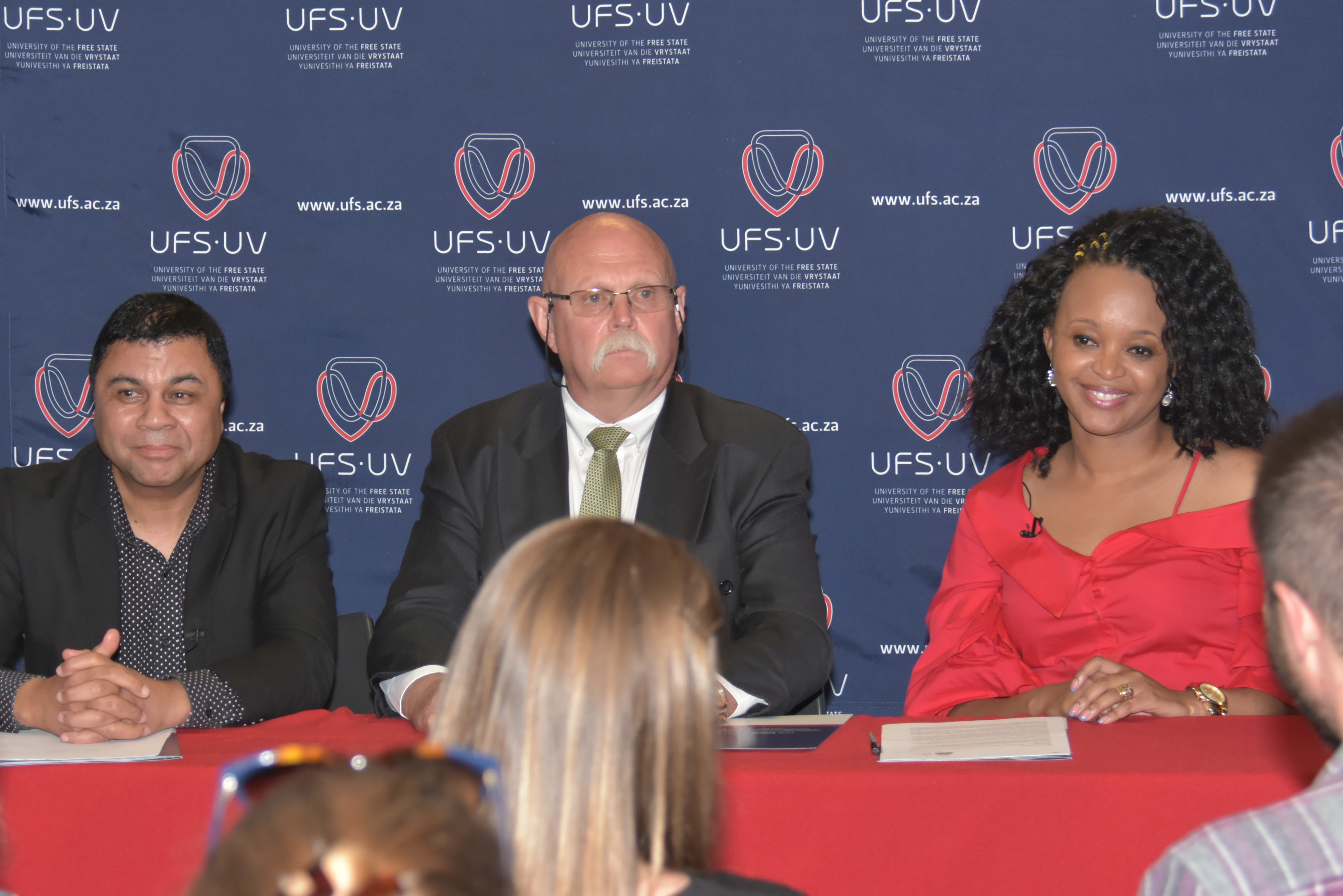 From the left: Prof Francis Petersen, UFS Rector and Vice-Chancellor; Mr Willem Louw, Chairperson of the UFS Council; and Dr Nthabeleng Rammile, Vice-Chairperson of the UFS Council.
From the left: Prof Francis Petersen, UFS Rector and Vice-Chancellor; Mr Willem Louw, Chairperson of the UFS Council; and Dr Nthabeleng Rammile, Vice-Chairperson of the UFS Council.
.jpg?sfvrsn=8285b521_0) MT Steyn Statue and Main Building
MT Steyn Statue and Main Building
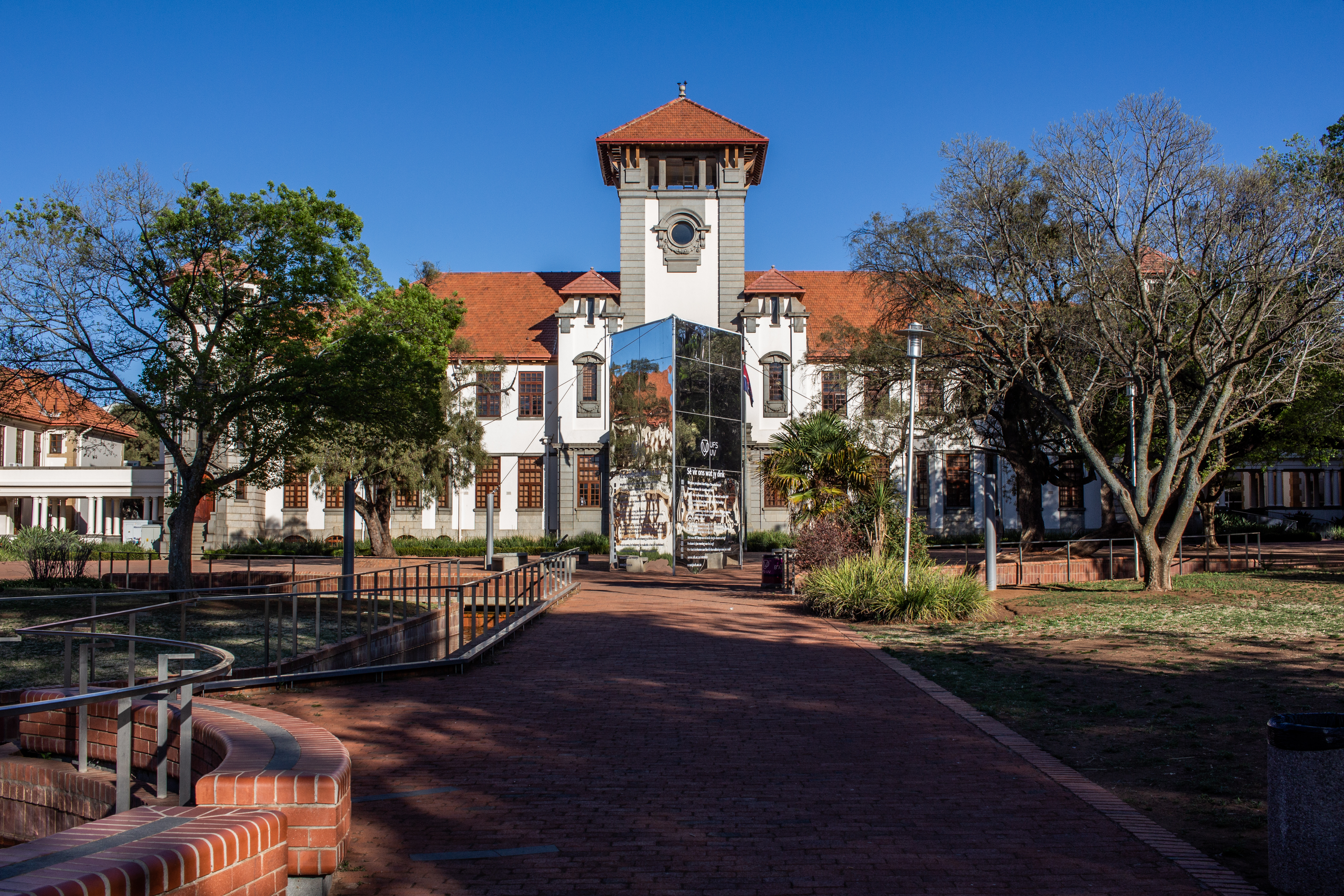 MT Steyn - Public Participation
MT Steyn - Public Participation
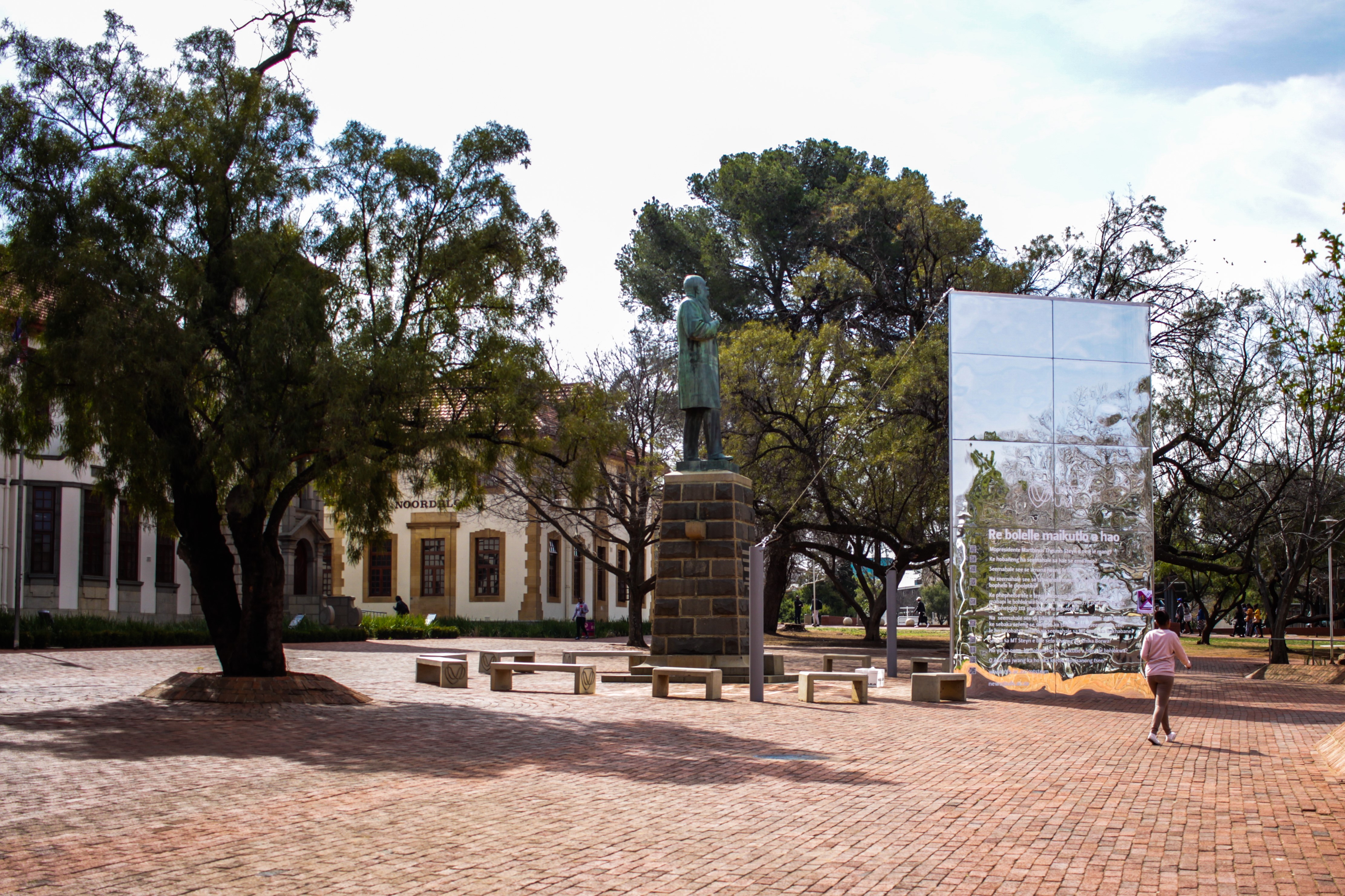 MT Steyn - Public Participation
MT Steyn - Public Participation
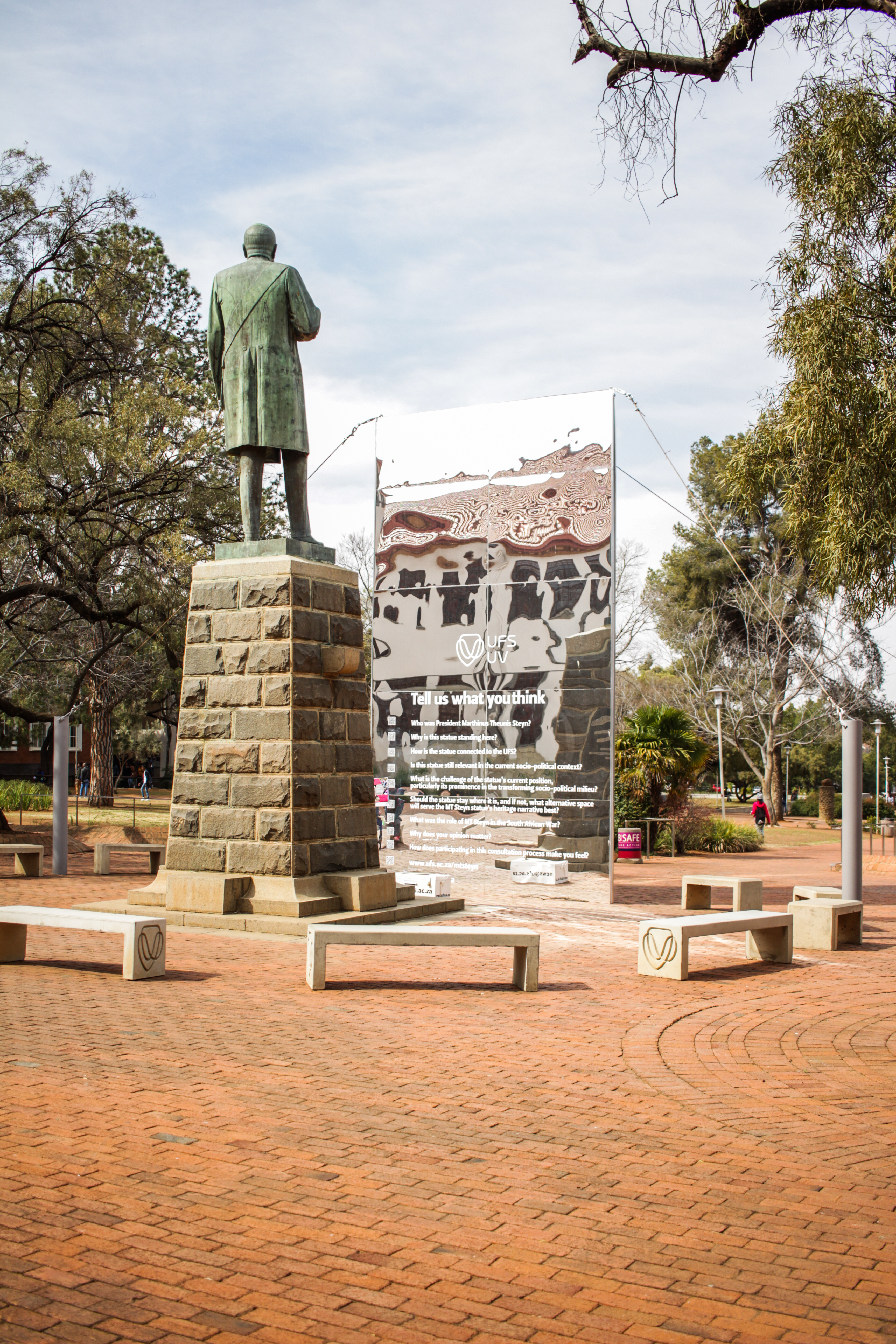 MT Steyn - Public Participation
MT Steyn - Public Participation
 MT Steyn - Public Participation
MT Steyn - Public Participation
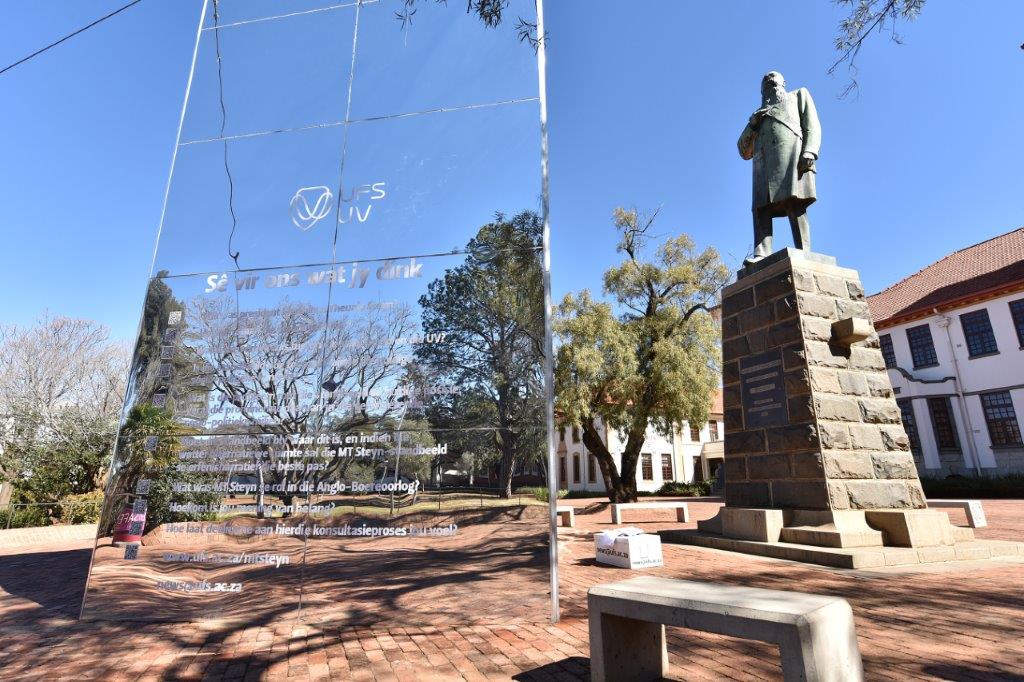 MT Steyn - Public Participation
MT Steyn - Public Participation
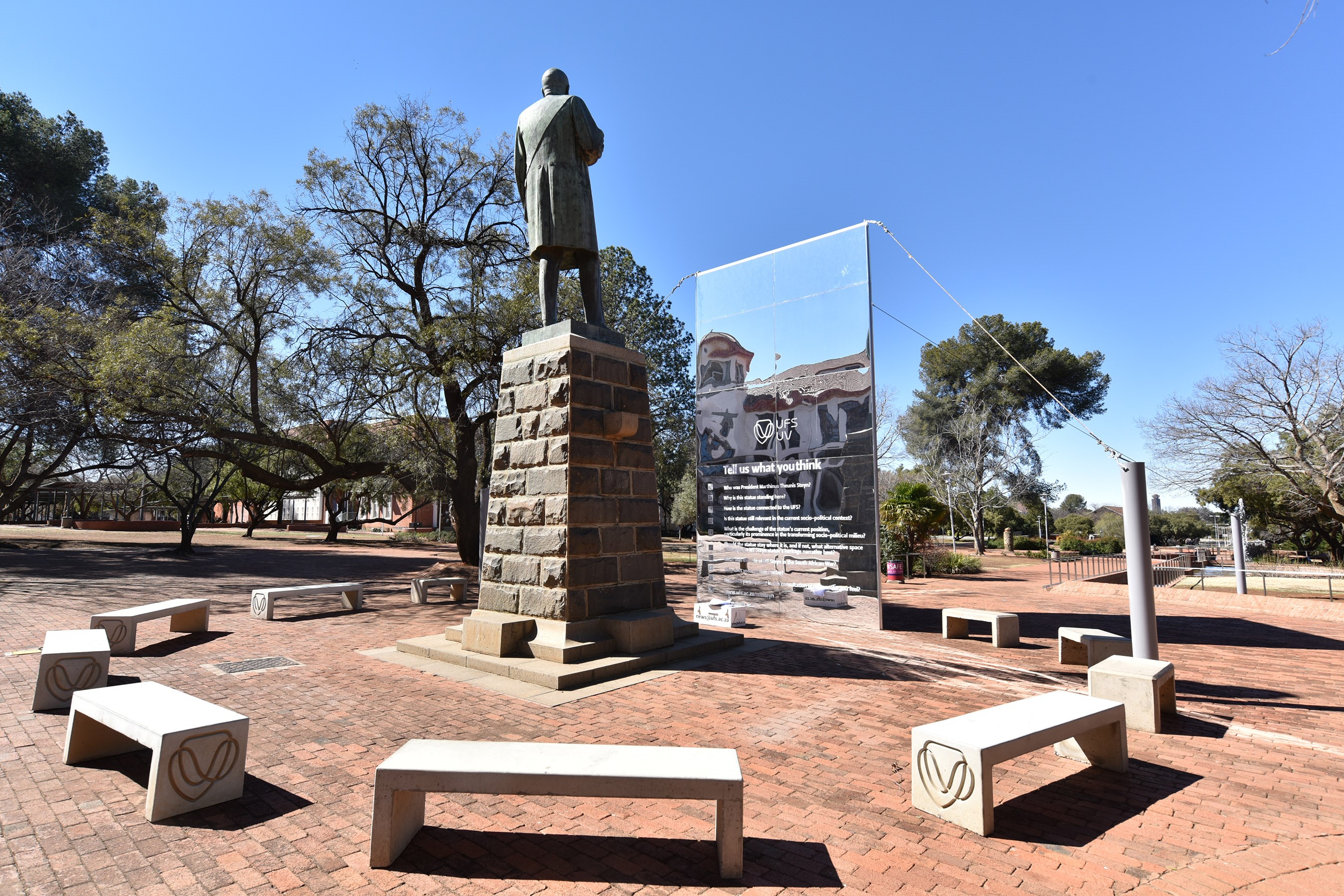 MT Steyn - Public Participation
MT Steyn - Public Participation
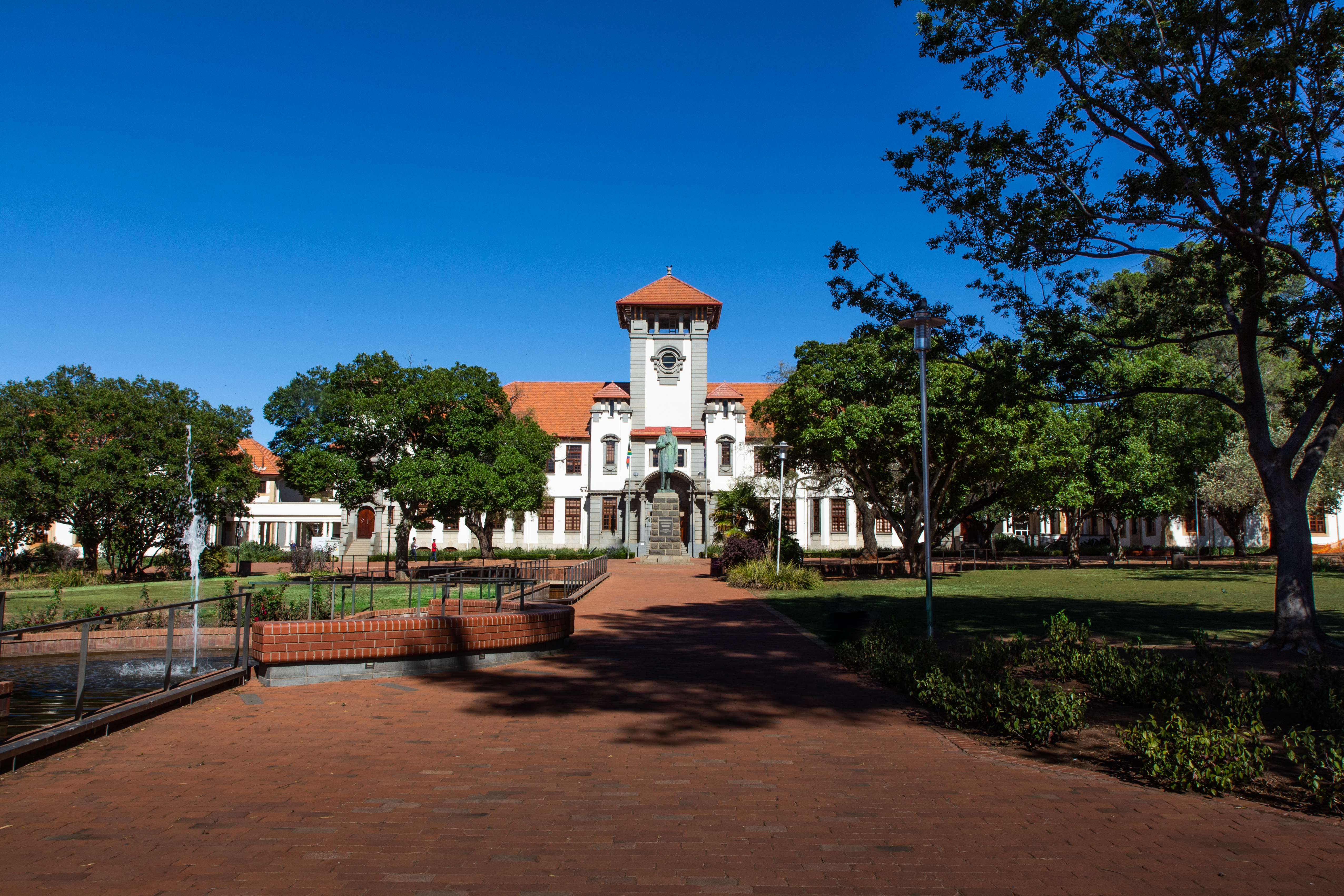 MT Steyn - Main Building and Statue
MT Steyn - Main Building and Statue
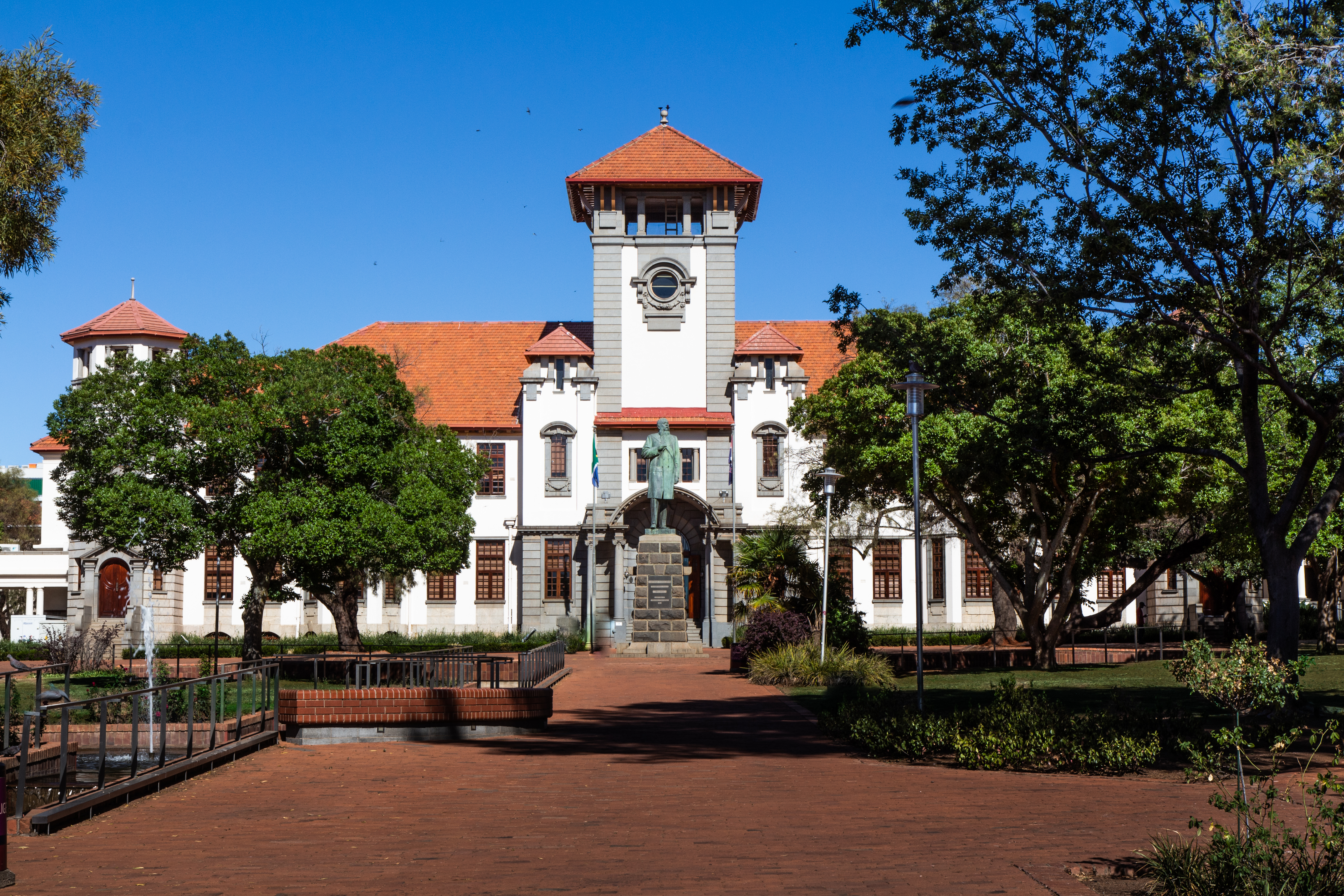 MT Steyn - Main Building and Statue
MT Steyn - Main Building and Statue
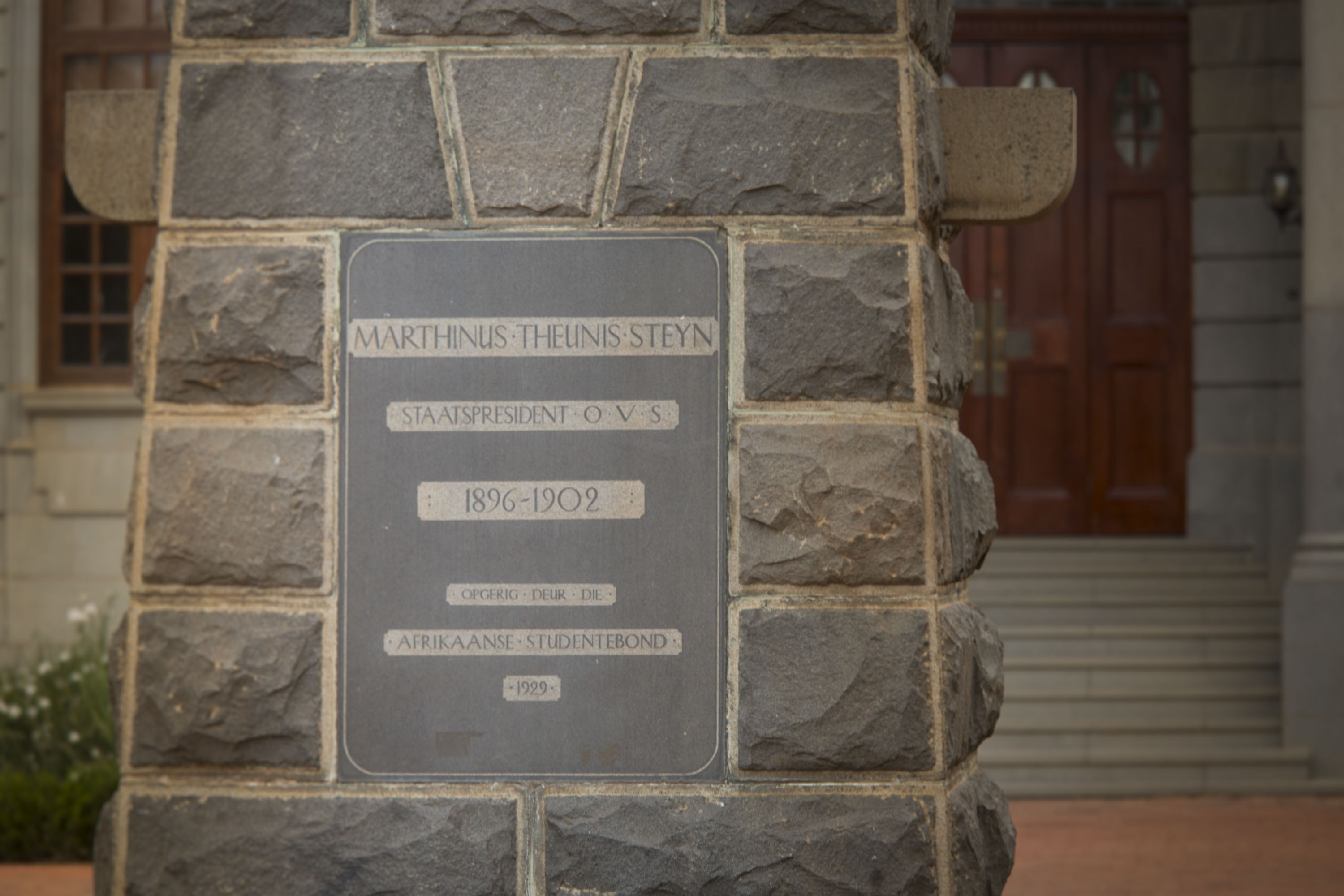 MT Steyn - Main Building and Statue
MT Steyn - Main Building and Statue
 MT Steyn - Main Building and Statue
MT Steyn - Main Building and Statue
 MT Steyn - Main Building and Statue
MT Steyn - Main Building and Statue
 MT Steyn - Main Building and Statue
MT Steyn - Main Building and Statue
 MT Steyn - Main Building and Statue
MT Steyn - Main Building and Statue
 MT Steyn - Main Building and Statue 2
MT Steyn - Main Building and Statue 2
 The statue of President MT Steyn is unveiled in front of the university’s main building on 28 September 1929, as a thousand spectators look on. SOURCE: UFS History book: From Grey to Gold: the first 100 years of the University of the Free State, page 40
The statue of President MT Steyn is unveiled in front of the university’s main building on 28 September 1929, as a thousand spectators look on. SOURCE: UFS History book: From Grey to Gold: the first 100 years of the University of the Free State, page 40
 MT Steyn - Historical Image 2
MT Steyn - Historical Image 2
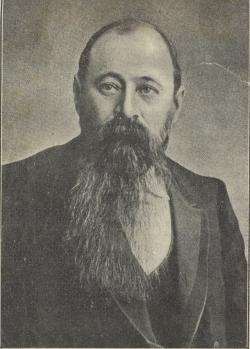 MT Steyn Statue
MT Steyn Statue
The impact of personal care products on water resources in the Free State
2015-12-14
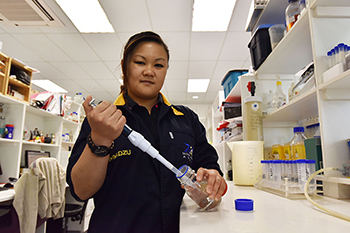
Jou-an Chen
Photo: Charl Devenish
|
Water is of the utmost importance in personal hygiene. Most people can hardly have a day go by without taking a shower in the morning and at night. However, it is this very habit that is increasingly polluting the water resources in South Africa.
Contaminants found in pharmaceutical and personal care products have been accumulating in water masses in recent years. These contaminants especially refer to hormones in medication, as well as colouring agents and fragrances used in soap, shampoo and body lotions.
“Little information and data are available on the prevalence of these contaminants, and on how high the level of pollution really is,” says Jou-an Chen, researcher in the Department of Microbial, Biochemical and Food Biotechnology at the UFS.
Her research particularly focuses on the prevalence and impact of those contaminants.
“Because these substances have not been properly investigated, we are not sure how widely it occurs and whether it is harmful to the environment. It was precisely the lack of information that has inspired me to investigate further.”
“If we could identify the contaminants and what it is doing to the environment, it could make a valuable contribution to directives on water quality standards.”